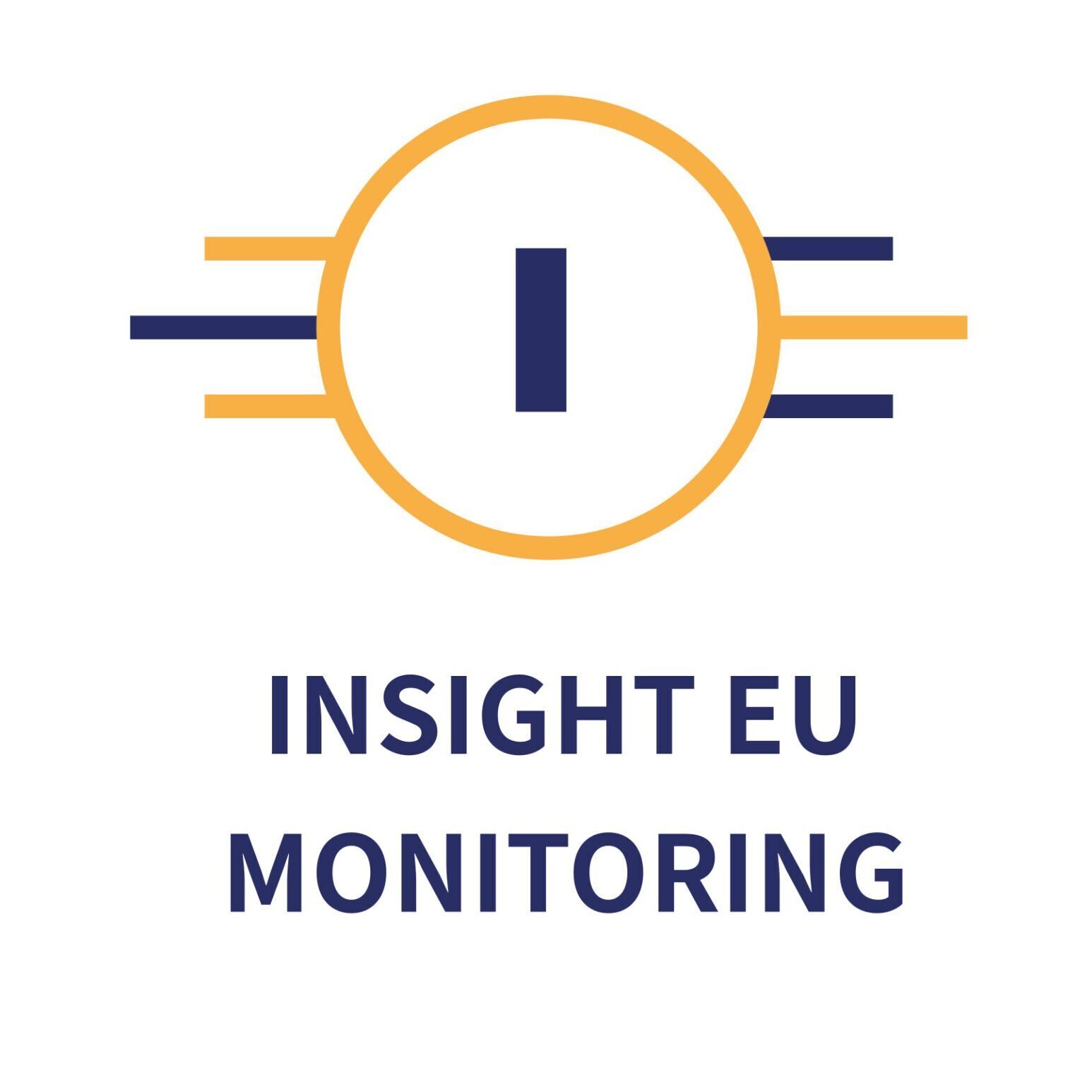3 February 2022
The European Securities and Markets Authority (ESMA), the EU securities regulator, today publishes its fourth annual statistical report on the Alternative Investment Fund (AIF) sector. The report covers the 30 members of the European Economic Area (EEA30) and shows that the sector increased by 8% in 2020 to EUR 5.9trn in net assets from EUR 5.5trn in 2019
The main risk faced by the sector relates to a mismatch between the potential liquidity of the assets, and the redemption timeframe offered to investors. While at aggregate level this mismatch is unlikely to materialise, it indicates that AIFs with a liquidity deficit would face challenges if large redemptions were to occur. This is particularly the case for real estate funds and funds of funds.
Main findings:
- The size of the EEA AIF market continued to expand to reach EUR 5.9tn in Net Asset Value (NAV) at the end of 2020, a 8% increase from 5.5trn in 2019. The growth of the EU AIF market results from the launch of new AIFs in 2020 and positive valuation effects;
- Funds of Funds (FoFs) account for 15% of the NAV of EU AIFs, at around EUR 0.9tn (+4% compared with EUR 842bn in 2019). At the very short end, investors can redeem 40% of the NAV within one day, whereas only 14% of assets could be liquidated within this time frame. If large redemptions were to occur, AIFs would face challenges due to this liquidity mismatch;
- Real Estate Funds account for 13% of the NAV of AIFs, at EUR 766bn. They continued to grow in 2020 (+9% compared to 2019). RE funds are exposed mostly to illiquid physical assets which take time to sell, so liquidity risk in RE funds remains a concern;
- Brexit – following the withdrawal of the United Kingdom (UK) from the EU, the size of the EEA30 Hedge Fund sector has declined to only EUR 89bn (2% of the NAV of all AIFs), from EUR 354bn in 2019 (including the UK). Leverage remains very high, particularly for some strategies highly reliant on derivatives;
- Private Equity Funds account for 6% of the NAV of all AIFs, or EUR 363bn, and experienced the largest growth in 2020 (+29% compared with 2019). They follow a range of strategies and are almost exclusively sold to professional investors;
- Other AIFs account for 62% of the NAV of EU AIFs, at around EUR 3.7tn (+4% compared with 2019). The category covers a range of strategies, with fixed income and equity strategies accounting for 68% of the NAV and an additional residual category amounting to 29%. Other AIFs are mainly sold to professional investors, although there is a significant retail investor presence; and
- EU Member States can allow non-EU asset managers to market alternative funds at national level under the National Private Placement Regime (NPPR), even though such funds cannot subsequently be passported to other Members States. The market for such non-EU funds is comparatively large: The NAV of non-EU AIFs marketed under NPPRs’ rules amounts to EUR 1.3tn, i.e. more than one-fifth of the AIF market. NPPR fund marketing is concentrated in a small number of Member States, and 99% of investors are professional investors.
ESMA will continue to report annually on its analysis.
